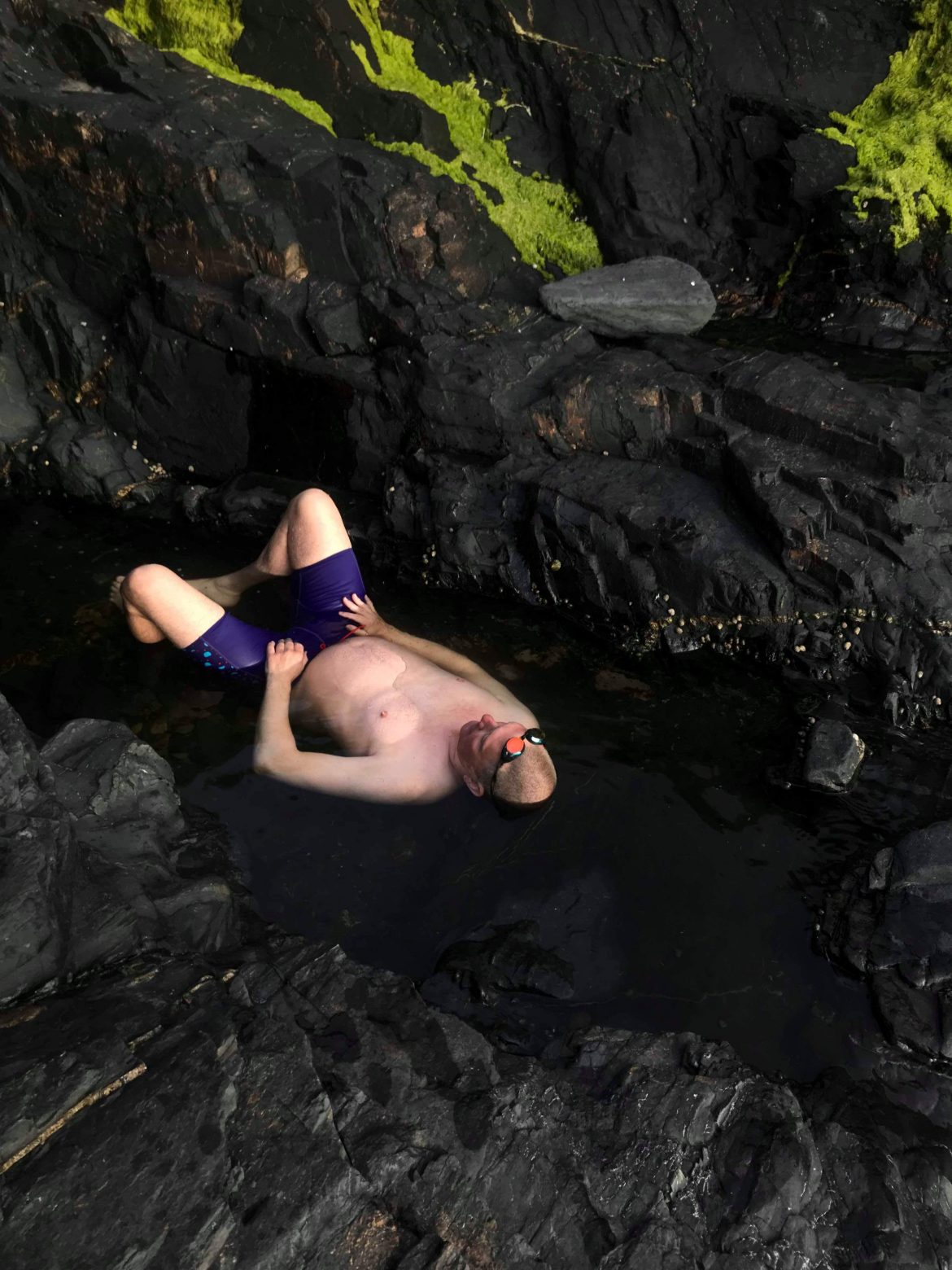The Alexander Technique is straightforward but for any success with it you have to give yourself time and space, to make things easier for yourself. It’s best applied when we don’t have too much to do!
“On learning the Alexander Technique (and I speak now of the actual lessons and not of everyday living where much must be left to luck and to the unconscious influence of the lessons), ordinary doings must be inhibited until they can be done without interference with the behaviour of the neck/ head/ back relationship.” Patrick Macdonald
In swimming there aren’t really any ‘ordinary doings’ and it might not count as ‘everyday living’, like making a cup of tea or a phone call, or getting out of a chair. We need to be wary of leaving too much to luck and unconscious influences, mainly because of the breathing.
But being in the water is a great opportunity to do the work Patrick MacDonald is talking about, if we put the Alexander Technique first. Give yourself a stimulus, think your directions, ‘neck free, head forward and up, back lengthening and widening’, and then go into movement. This might be a jelly fish float, a glide, perhaps a swish of the arms and a few flutters of the feet. It might be an attempt to stay balanced with knees bent, your back behind you, your feet firmly on the pool floor, as you raise an arm.
Giving my directions before going into a movement in water changes my experience profoundly, even with activities I could do in my sleep. It’s always worth doing the same old work. Alexander directions give me a better connection with the water and the experience is in this connection.
When we swim up and down, for exercise, most of us go into ‘everyday living’ mode, leaving much to luck and unconscious influences. Alexander Technique work and swimming distances don’t go as well together as it might appear from the outside because the messages, to let the neck be free so the head goes out and the back lengthens and widens, tend to get lost. The wish to get out of one’s own way is weakened by too many things to think about, like coordinating arms and legs for forward propulsion and getting the face out to breathe. In my own case, I used to put this down to lack of Alexander Technique experience or aptitude. But after more than 20 years, I see it differently.
The kind of happenings I notice in Alexander work don’t get much of a chance when I’m in full swimming flow, even when it’s feeling great. It becomes difficult to divide my attention. So for me, there is swimming the strokes, purposefully, for exercise, or to get somewhere, and there’s applying the Alexander work. There’s a body of water, and a choice.
A lot of people like to swim and a lot of people can’t, but not many people know how to do Alexander work in the water. The good news is you don’t have to be much of a swimmer or, for that matter, particularly adept at the Alexander Technique.


